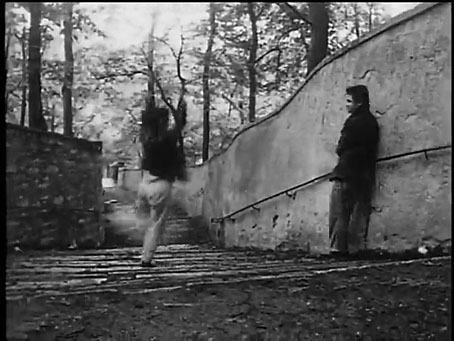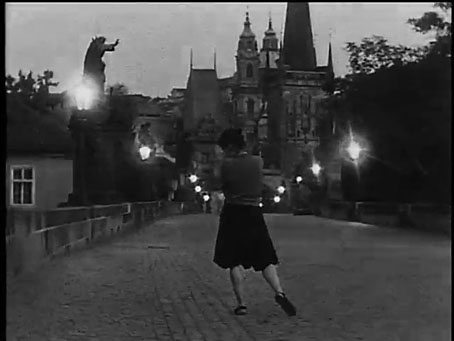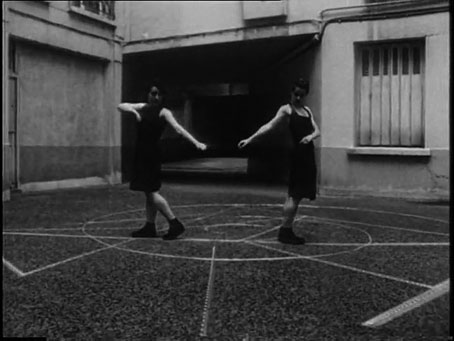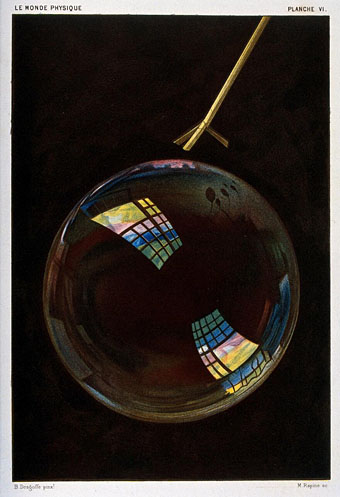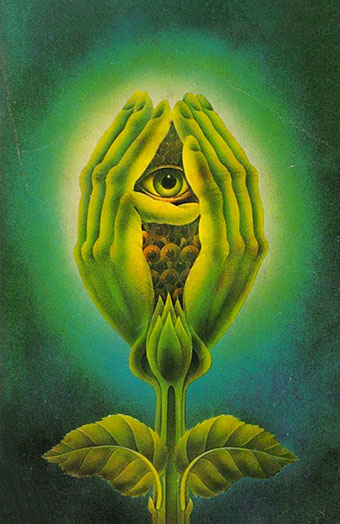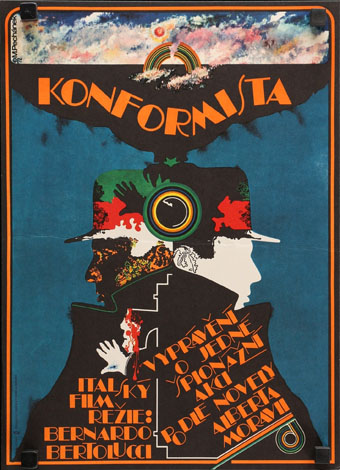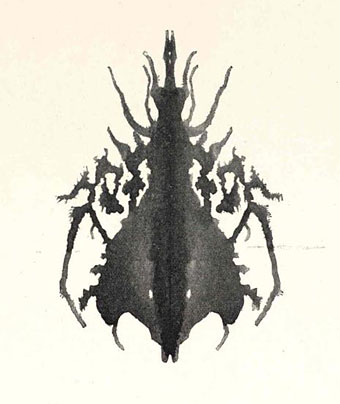Topic I (1990).
Black-and-white film, a handful of dancers, and the streets of old Prague (plus a Parisian courtyard). I linked to Topic II in a weekend post some time ago but since all three films in the series are on Vimeo I thought they deserved a post of their own.
Topic II (1990).
Pascal Baes is a French film-maker who may have created something unique here by combining the dance film with pixilation, the animation technique in which people move frame-by-frame like live action puppets. The technique is an old one that was generally used for comic effect, at least until the arrival of the music video; Baes’ innovation is to give us dance pieces that can exist only in the camera. One of the attractions for this viewer is the Prague settings, especially those in the best film of the three, Topic II, in which a pair of dancers glide up the labyrinthine streets leading to the castle that dominates the city.
46bis (1988).
Previously on { feuilleton }
• Jan Svankmajer: The Animator of Prague
• Stone Glory, a film by Jirí Lehovec
• The Face of Prague
• Josef Sudek
• The panoramic towers of Prague
• Prague panoramas
• Steven Soderbergh’s Kafka
• Karel Plicka’s views of Prague

